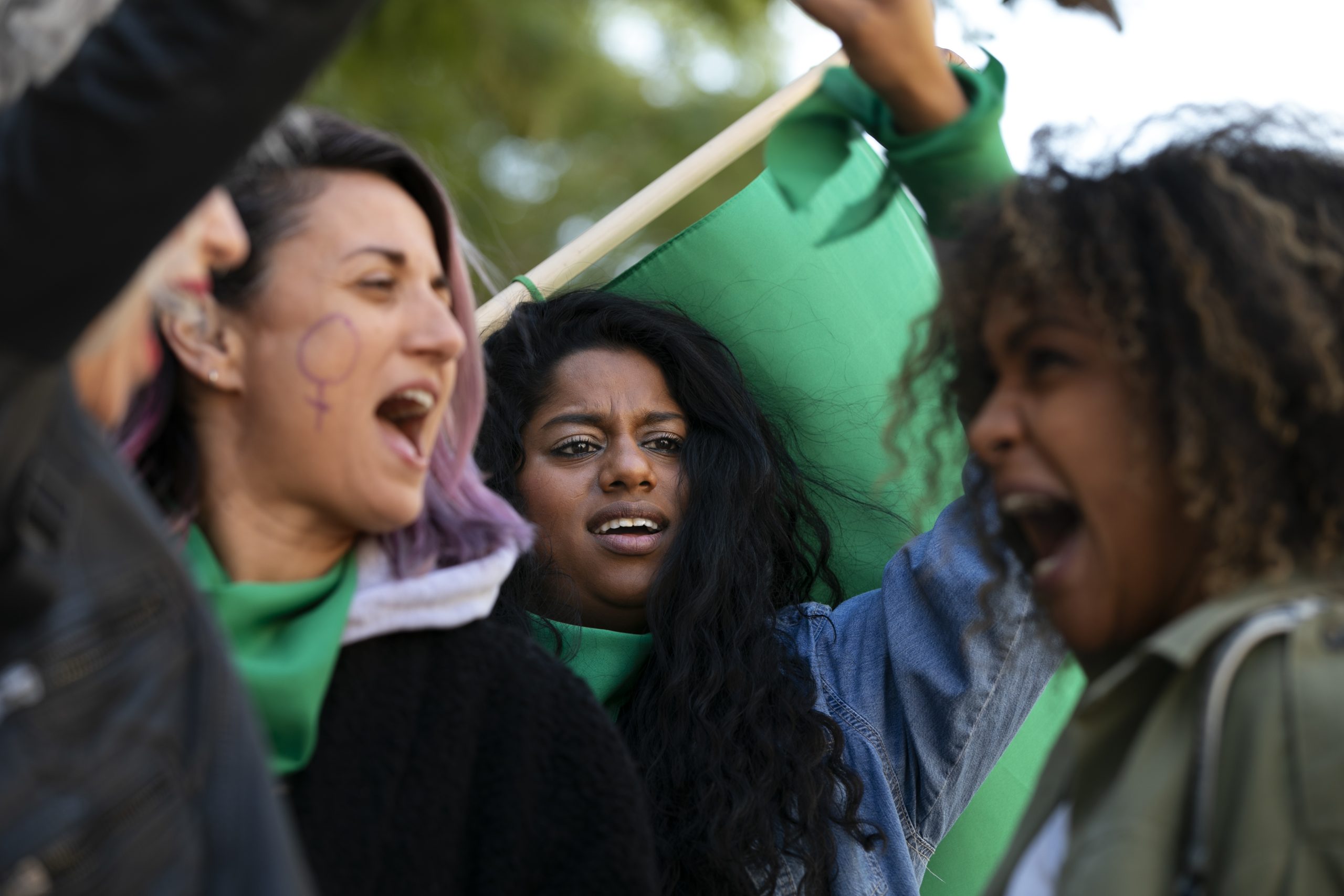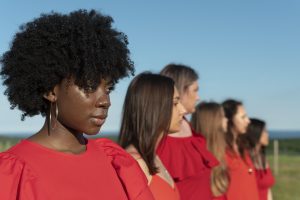Child marriage is not just a singular issue; it intersects with various factors such as race, ethnicity, religion, disability, and LGBTQ+ identity, resulting in unique challenges for marginalized groups. In this article, we delve into the complexities of intersectionality in the context of child marriage, examining how these intersecting identities contribute to vulnerability and advocating for inclusive approaches that address the diverse needs of all marginalized girls.
1. Understanding Intersectionality Identity:
Intersectionality acknowledges that individuals experience multiple forms of discrimination and oppression based on intersecting social identities. For marginalized girls, such as those belonging to racial or ethnic minority groups, religious minorities, girls with disabilities, or LGBTQ+ girls, the experience of child marriage is often compounded by other forms of marginalization. Recognizing these intersecting identities is crucial for developing targeted interventions that address the specific needs and challenges faced by different groups.
2. Race, Ethnicity, and Religion:
In many cultures and communities, race, ethnicity, and religion intersect with child marriage, influencing norms, practices, and access to resources. For example, indigenous communities in Latin America may have distinct cultural practices that perpetuate child marriage, while religious minorities in South Asia may face discrimination and exclusion, limiting their access to education and opportunities. Inclusive approaches must take into account cultural diversity and sensitivity, ensuring that interventions are respectful of diverse traditions while challenging harmful practices.
3. Disability and Child Marriage:
Girls with disabilities are particularly vulnerable to child marriage, facing intersecting barriers related to accessibility, stigma, and discrimination. Limited access to education, healthcare, and support services further exacerbates their vulnerability. Inclusive approaches to ending child marriage must prioritize the needs and rights of girls with disabilities, ensuring accessibility, accommodation, and support tailored to their specific circumstances.
4. LGBTQ+ Identity and Vulnerability:
Girls who identify as LGBTQ+ face unique challenges and vulnerabilities related to stigma, discrimination, and exclusion. In many contexts, LGBTQ+ girls may be forced into marriage as a means of “correcting” their sexual orientation or gender identity, further marginalizing them within their communities. Inclusive approaches must recognize and affirm the rights of LGBTQ+ girls, providing support, protection, and resources to help them navigate their identities and assert their autonomy.
5. Advocating for Inclusive Approaches:
Addressing the intersecting factors that contribute to child marriage requires inclusive approaches that prioritize the needs and rights of all marginalized girls. This includes engaging with diverse communities, amplifying the voices of marginalized girls, and ensuring that interventions are sensitive to cultural, religious, and identity-based differences. Advocacy efforts must challenge systemic inequalities and discrimination while promoting diversity, equity, and inclusion in all aspects of programming and policy-making.
Intersectionality highlights the importance of recognizing and addressing the diverse experiences and identities of marginalized girls in the fight against child marriage. By adopting inclusive approaches that embrace diversity, challenge discrimination, and prioritize the rights of all girls, we can create a more just and equitable world where every girl has the opportunity to thrive. It is imperative that governments, civil society organizations, and communities work together to prioritize intersectional approaches and ensure that no girl is left behind.
- Trapped in Fear: Child Marriage and the Shadow of Domestic Violence in Northern Nigeria - August 6, 2024
- The Power of Media Representation - May 23, 2024
- Game On: Unleashing the Power of Sports for Girls’ Empowerment - May 23, 2024





